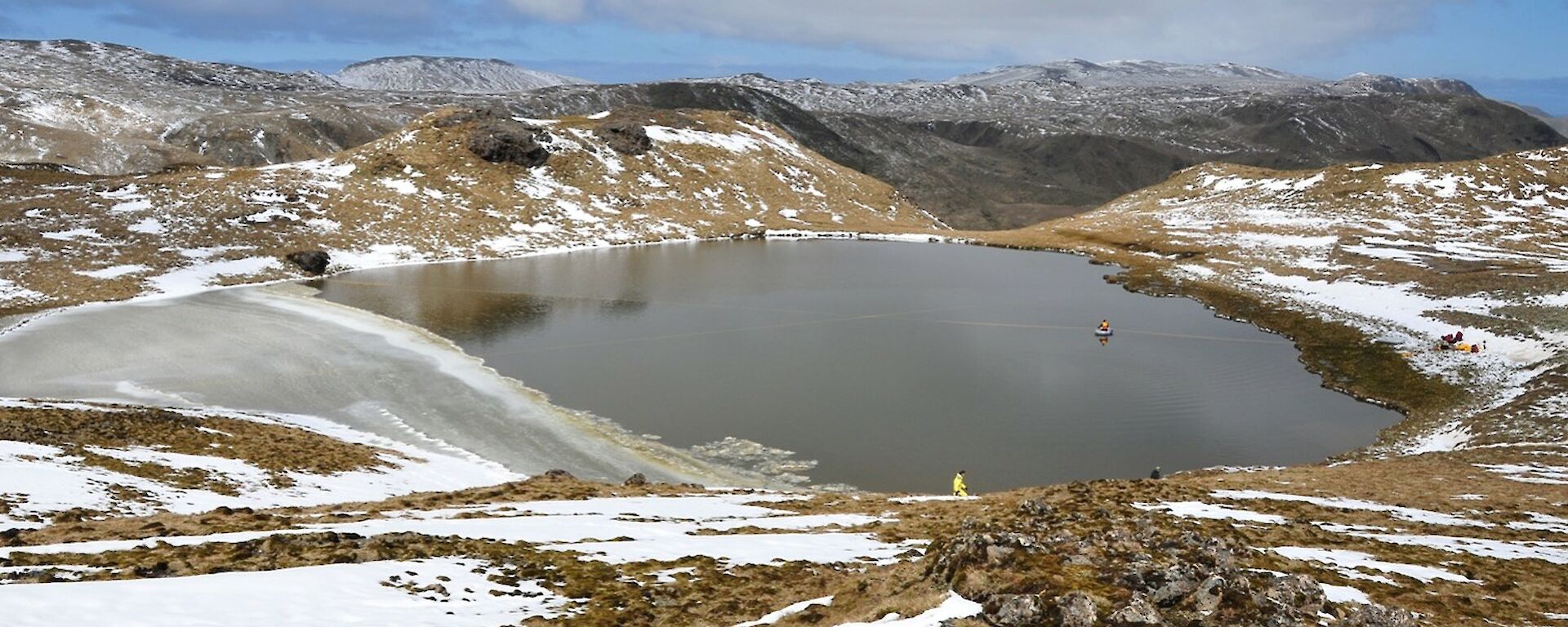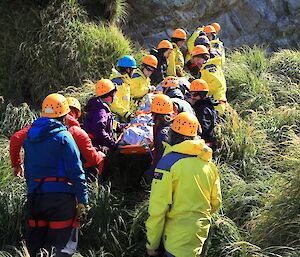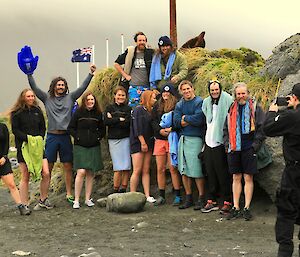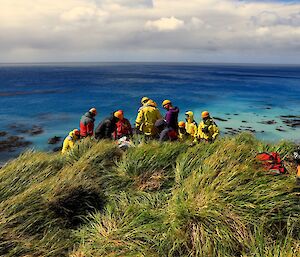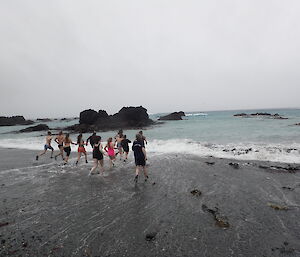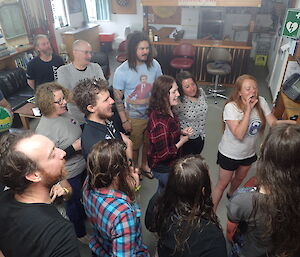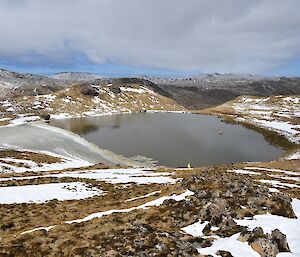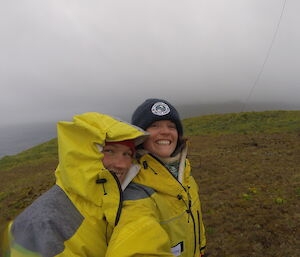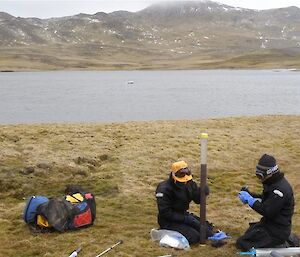It’s February already, which means we have less than six weeks before the arrival of the resupply ship Aurora Australis, marking the end of our season!
With resupply fast approaching, our busy work tempo continues. In the coming weeks, our three summer season science projects (Albatross & Giant Petrels, Post Eradication Response, and Lake Coring) will be embarking on multiple field trips, as they look to maximise the remaining season time to achieve their project results.
For station-based support expeditioners, it will also be a busy period preparing their respective workplaces for handover to the incoming season’s expeditioners, as well as organising and preparing cargo for return to Australia.
In between these activities, we have been busy with our regular Search and Rescue (SAR) training. This culminated late last week in completion of a major SAR technical rescue training exercise. Led by our Senior Field Training Officer Mark, the multi-stage exercise involved a field-based search for an injured expeditioner, with a subsequent evacuation from a steep slope using a rope rescue system and stretcher carry. We’ll report on this training exercise in more detail in forthcoming station news, but suffice to say it was a great success!
Finally, last Friday saw us all celebrate Australia Day. Our fun-filled day included a traditional swim in the chilly sub-Antarctic waters, followed by a hot spa, and then enjoying some traditional Australia Day food throughout the day including lamingtons, pies, and a BBQ. A great day was had by all!
By Kyle (Station Leader).

